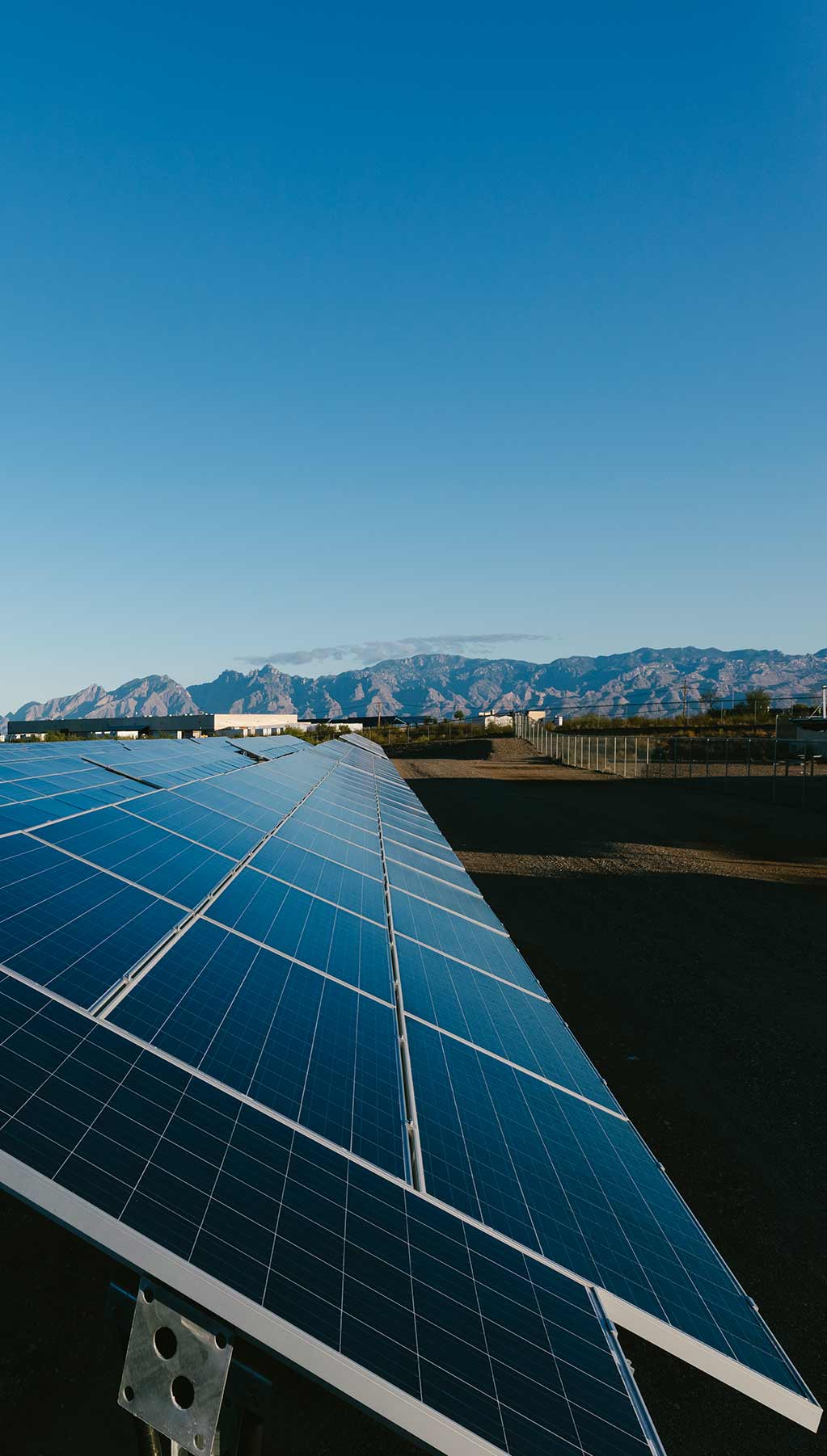
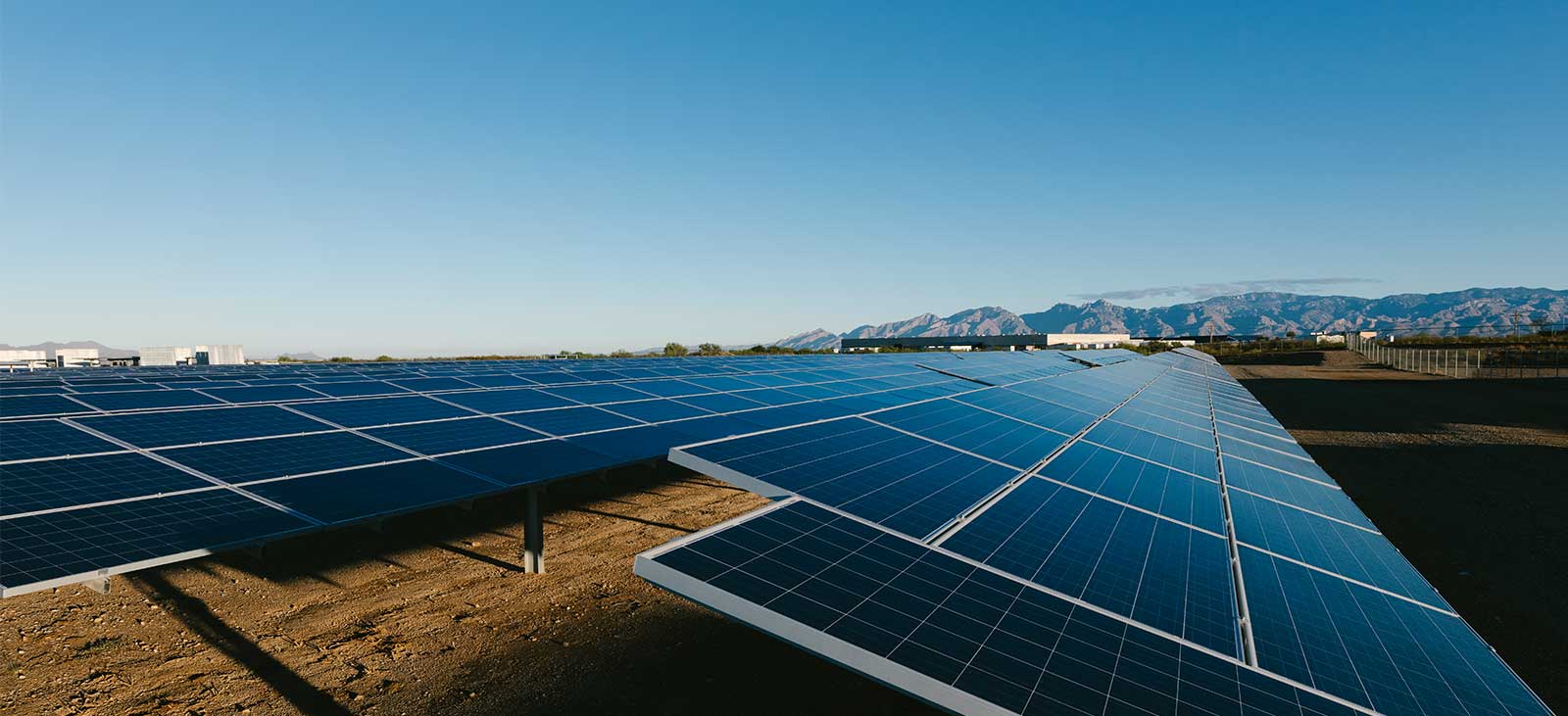
Understanding clean energy lingo
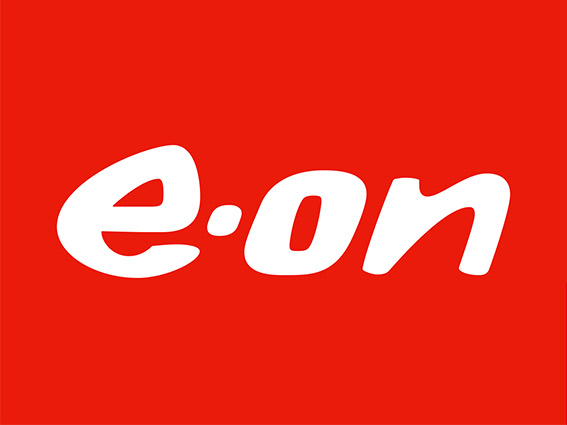
Technical jargon can sometimes make it hard to understand exactly what's what when it comes to sustainability, the climate crisis, climate change and net zero carbon.
To help you better understand some of the energy industry’s buzzwords, we've put together a jargon buster that’ll help you on your (e)mission . . .
Battery storage
Do you remember the joke about the solar-powered torch? Well modern energy solutions allow us to put that one out. Because battery storage enables you to store any excess energy from renewable sources such as solar panels – or even just regular power from the grid when it’s cheap - and let you use it at a later point.
So if your solar panels generate more electricity than you need right now, you can store it for when you would otherwise have to pay for it from the grid (that’s the same in business and at home). You can also store energy from the grid at off-peak times for use when demand peaks and even sell your excess stored electricity back to the grid. Battery storage helps save money and increase revenues, and get on track to becoming energy self-sufficient.
E.ON is one of the UK’s leading business energy suppliers and is helping organisations all around the country to profit from greater efficiency and to play their part in meeting 2050 net zero emissions targets.
Biomass/biogas
Any energy fuel produced by living or once-living organisms is biomass energy generation. For example, our Blackburn Meadows power plant uses waste wood and our Steven's Croft power plant uses locally sourced soft wood.
Biogas is typically made by rotting some form of waste (waste food, plant waste, sewage etc.) or even capturing the gas from landfill sites and then either burning it to generate electricity or potentially injecting it straight in the mains gas grid.
Carbon footprint
A measurement of your impact on the planet. A carbon footprint is the total amount of carbon dioxide that an individual, organisation or community releases into the atmosphere through their actions – e.g. the more you fly, drive, or burn fossil fuels, the bigger your footprint, and the more you do to be more sustainable; walking or cycling, using renewable electricity, being more energy efficient, the smaller your footprint.
Carbon insetting
The opposite of ‘offsetting’ – simple, right? OK, how about insetting is when an organisation creates additional benefits within its own operations or supply chain, both to compensate for the amount of carbon dioxide it releases into the atmosphere and also, for example, to promote greater biodiversity. A hotel chain, for example, might plant fruit trees within its grounds to not only supply fresh fruit to guests but also to absorb carbon dioxide from the immediate environment.
Carbon negative, or climate positive
Low carbon < carbon neutral < carbon negative. Basically, going one step further than net zero and aiming to remove more carbon from the atmosphere than you emit through your operations.
Carbon offsetting
Carbon offsetting is one way to reduce your environmental impact, where an individual or organisation compensates for their carbon emissions by taking part in external schemes designed to remove the same amount of carbon dioxide from the atmosphere. It might be as simple as funding a tree planting project where new planted trees absorb carbon dioxide from the atmosphere and help to reduce greenhouse gases.
Climate crisis (or if you prefer, climate emergency, climate change, global warming)
Changing names for a similar concept (but yes, it is getting more urgent). The Earth's climate has been changing since the world began spinning: the Ice Age is testament to this. But climate crisis refers to the impact of human activity on the planet, for example changing temperatures, weather patterns and environmental impacts.
The climate is now defined as in crisis because the Earth is warming at an unprecedented pace, largely as a result of carbon emissions or other greenhouse gases from human activity. This is causing extreme heat in some parts of the world and floods and droughts in others - and it's critically impacting life on Earth.
Decarbonisation
Decarbonisation is any process that reduces the amount of carbon released into the atmosphere. At the higher level that might be whole cities abandoning petrol/diesel vehicles or swapping fossil fuelled energy for 100% renewables instead. From a business perspective that might be generating your own power on-site (for example, installing solar panels on buildings or in car parks), or switching fleet vehicles to electric alternatives.
EV charging
Electric vehicle charge points are stations that electric vehicles (EVs) plug into to recharge their batteries. You can have your own personal EV charge point installed in your garage, on your driveway or at your workplace. Public EV charging networks are also available, some of which offer free charging and some of which you pay for.
Flexibility (or Demand Side Response)
DSR is a smart system that ensures that the energy that you generate from reusable sources is distributed in the most economic and efficient manner for your business needs. For example, it will tell you the most cost effective time to run an energy intensive process, such as a particular manufacturing task. And, not only will it save you money by avoiding peak charges, it could also provide you with an additional revenue stream, as it enables you to sell any excess energy you generate to the national grid.
We’ve all heard of energy spikes at half-time in the cup final or the ad breaks in Coronation Street. DSR is about using electricity smarter, instead of building new power stations to meet those peaks in demand. Rather than increase the amount of power being generated, you find people and businesses who are able to reduce their demand on the grid at peak times.
For example, large manufacturers might delay some of their energy-intensive processes to a time when there’s lower demand on the energy grid. The good news is businesses that can be flexible in their energy use can take advantage of price fluctuations in the energy market and receive payments for helping to manage the grid.
Greenhouse gas emissions
Any gases released into the Earth's atmosphere that trap heat and contribute to global warming are greenhouse gas emissions. Carbon dioxide emissions are responsible for the majority of global greenhouse gas emissions.
Net zero, zero carbon or carbon neutral
As with climate crisis/change, there are a number of ways of basically saying the same thing: in short this is about achieving overall (net) emissions of zero, of minimising any impact on the planet through reduced emissions or other means. From a business perspective to become net zero, zero carbon or carbon neutral, might mean committing to greater energy efficiency and using 100% renewable energy, along with committing to some kind of offsetting project, such as a reforestation programme that removes the same amount of carbon that matches operational emissions.
Renewable energy
Renewable energy is energy sourced from a source that is quickly replenished by a natural resources, such as the sun, wind or waves.
REGO
There are basically three ways of getting renewable power. The first is to generate it yourself, on-site and with a direct connection, second is to buy it directly from a renewable energy provider to match the amount you consume. The final way is through what’s called the REGO scheme (REGO is an acronym for Renewable Energy Guarantees of Origin), a UK government scheme that certifies the percentage of energy supplied to a customer comes from a renewable source and is fed into the UK power grid to match the amount you consume.
Solar energy generation
Solar panels capture energy from daylight (not sunlight!) to produce electricity or heat. Photovoltaic panels capture the sun's energy and convert it into electricity. Solar water-heating collectors can absorb the sun's energy and use it to heat water.
Vehicle-to-grid
Electric vehicles don't just get charged from the power grid, they can also feed any excess electricity in their batteries back into the grid – for example fleet vehicles parked up in the evening when the dinner-time demand for power is highest. You can either generate more power to meet this demand (possibly a gas-fired power station) or use a new process known as vehicle-to-grid (V2G). This system turns electric vehicles into mobile energy storage devices for the UK's electricity network.
Share to:
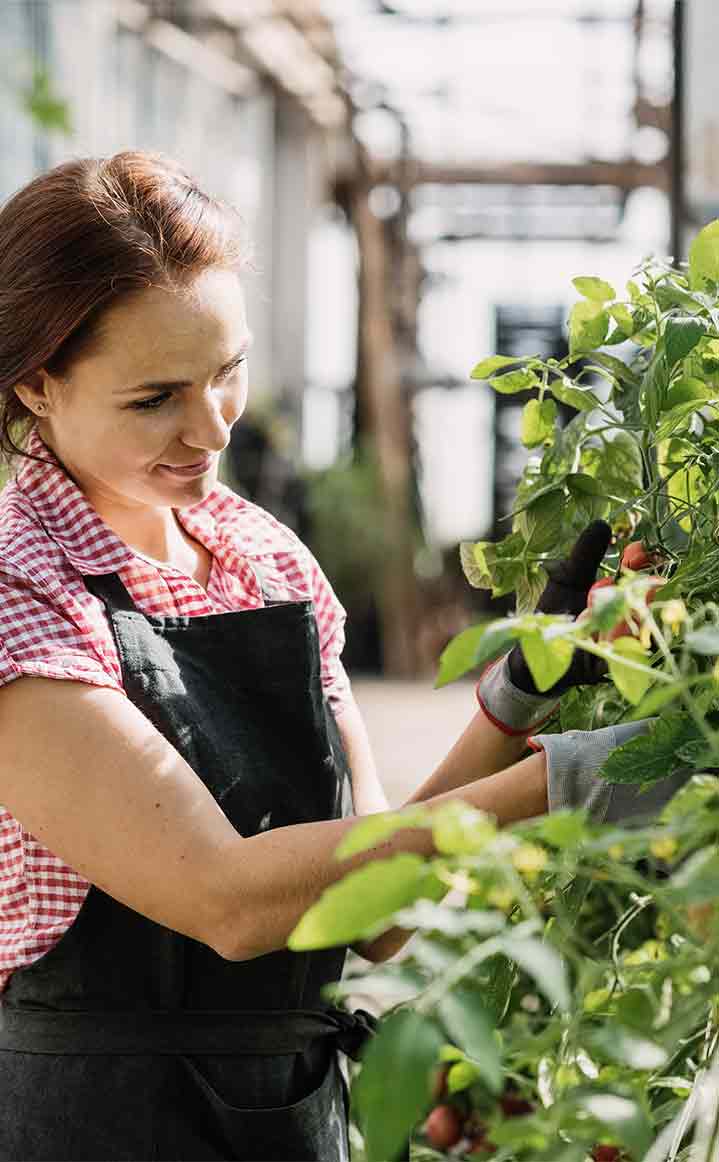
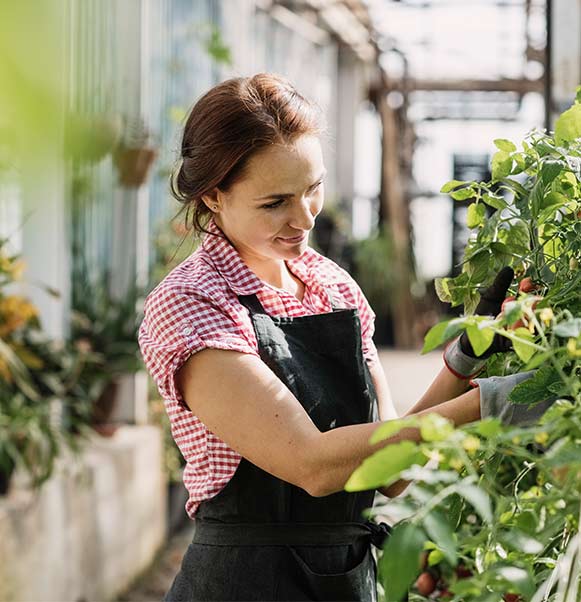
Sustainable businesses
Find out how to turn your business into an industry leader for sustainability.


Your business
There’s no such thing as an ‘average’ business, so we take a look at how companies like yours (and your rivals) are changing the way they think about energy to earn a competitive advantage.
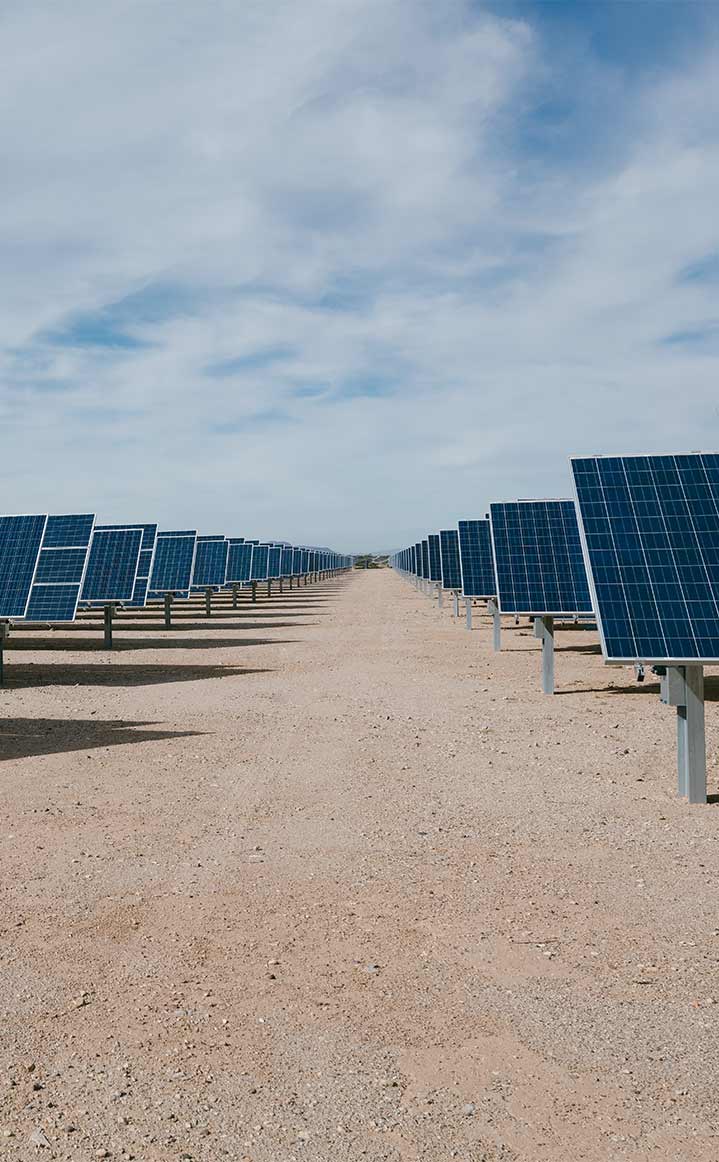
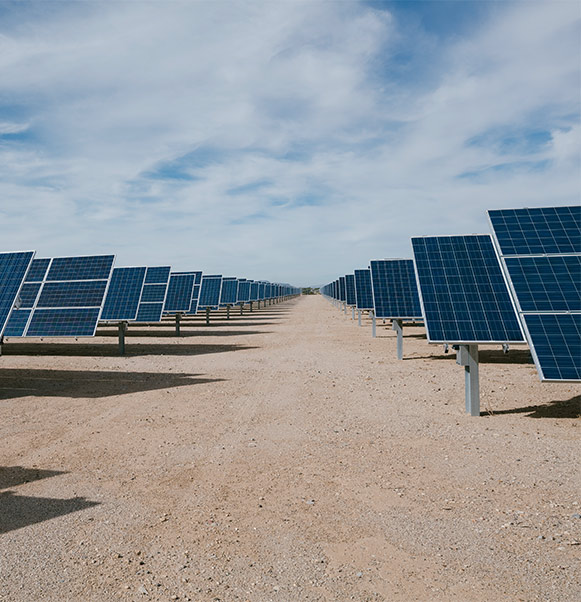
Tomorrow is .on
This is the new energy world – smart, personalised and sustainable – and a look at the global trends and cultural shifts driving the shift towards sustainability across the planet.

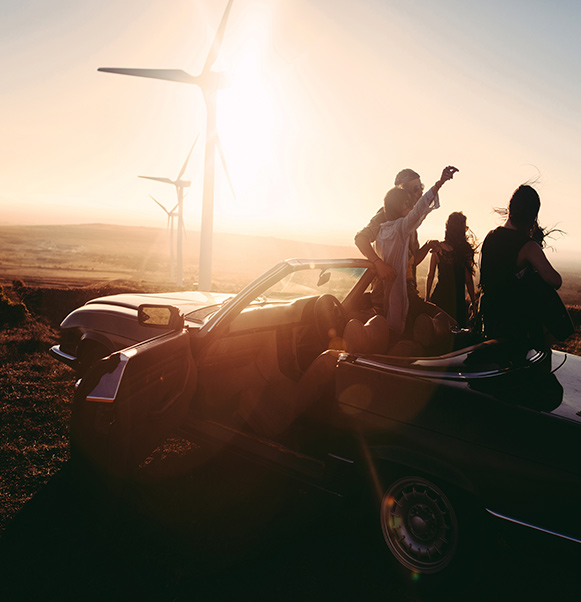
More insights from E.ON
Visit our blog for more insights, opinions and sustainability tips.